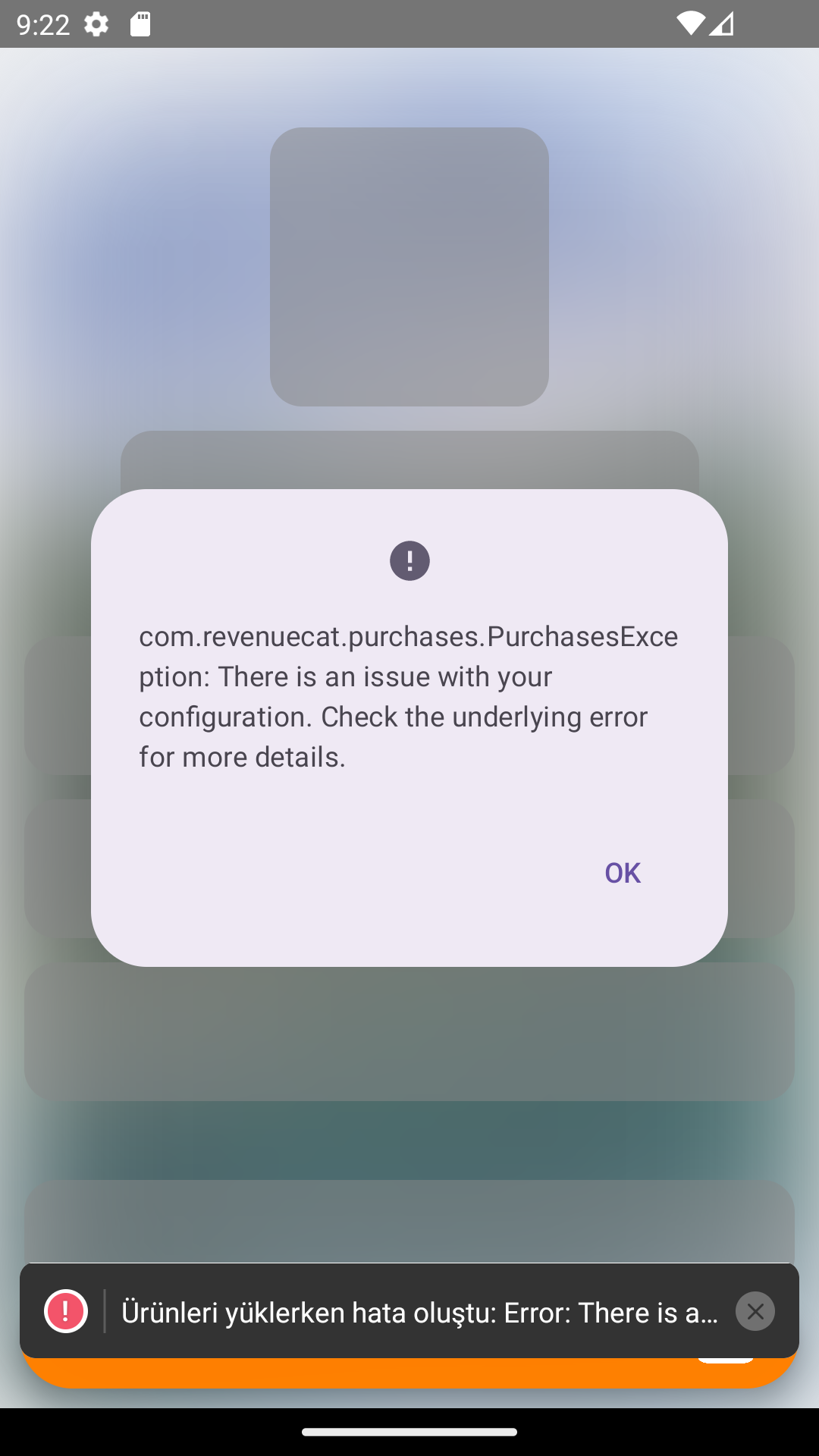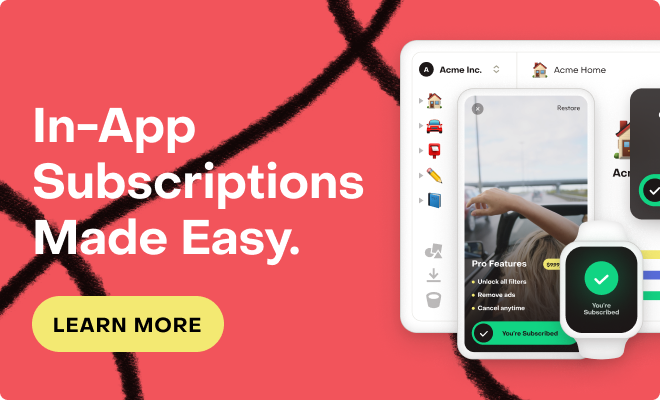I have this scenario that I am trying to avoid as it is very confusing how to even manage such a subscription:
- User1 logs into the app (app_user_id is configured)
- User1 purchases the 1 month subscription
- User1 logs out
- User2 logs in (new app_user_id is configured)
- User2 tries to purchase the 1 month subscription and gets “already purchased” error
- BUT if User2 tries to purchase the 3 months subscription, iOS allows it (and treats it as product change?)
Will this mean same iOS account has actually made 2 purchases for 2 different users or now the lines are crossed and the first user has been upgraded?
FWIW, I have revenue cat configured to now allow transfers since the entire app is behind a login and each user should have their own subscription per one account.







